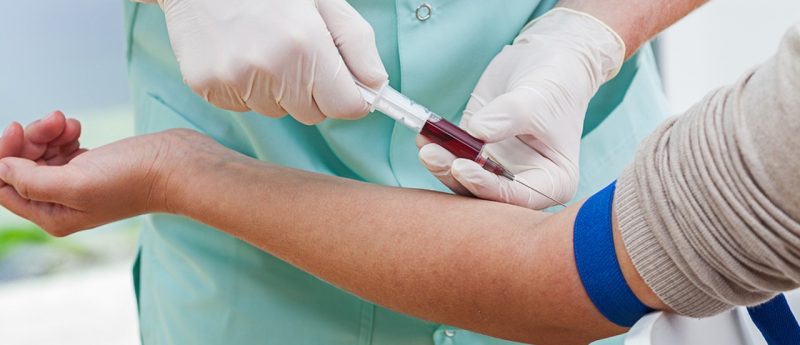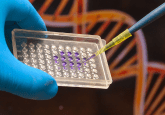Possible predictive biomarker for a quicker diagnosis of diabetes risk identified

Researchers from the Health Diagnostic Laboratory (VA, USA) and the University of Utah (UT, USA) are investigating a potentially faster method of diagnosing diabetes risk by looking at the fasting levels of simple blood biomarkers.
There is still much work to be done, but it is hoped that being able to detect the risk earlier will help clinicians to intervene sooner and work to prevent the disease advancing. The work has been published in BMJ Open Diabetes Research & Care, a joint venture of the British Medical Journal and the American Diabetes Association.
The existing technique – an oral glucose tolerance test – takes several hours to carry out and is cumbersome compared with the more sophisticated alternative diagnostic proposed. The new technique could also be more cost-effective in addition to being simpler and faster.
The finding could ultimately give medicine a biomarker with “broad application as a rapid, sensitive and inexpensive tool” for detecting the risk for diabetes and cardiovascular disease, stated Maciek Sasinowski, Health Diagnostic Laboratory vice president of Clinical Affairs and co-author on the paper.
An oral glucose tolerance test and a blood panel screening of fasting biomarkers, including the serum biomarker alpha-hydroxybutyrate (a-HB) were carried out by the researchers on 217 individuals. From this they determined that abnormalities in glucose regulation could be predicted by elevated levels of (a-HB). The biomarker also stood out during the oral glucose tolerance test and, the researchers believe a-HB could be useful in predicting an impaired insulin response.
Additionally, the researchers noted that by using this diagnostic information clinicians could input recommendations for changes to diet and exercise routines that could delay or even prevent the development of diabetes.
Present results suggest that the a-HB marker can predict abnormalities regardless of age, gender, body-mass index, fasting glucose and hemoglobin A1c. However the initial sample size was small, therefore further studies with larger sample sizes are necessary to confirm the findings.
Sources: Health Diagnostic Laboratory helps find promising predictive diabetes biomarkers; Varvel SA, Pottala JV, Thiselton DL, et al. Serum α-hydroxybutyrate (α-HB) predicts elevated 1 h glucose levels and early-phase β-cell dysfunction during OGTT. BMJ Open Diabetes Research and Care. 2(1), e000038, doi:10.1136/bmjdrc (2014)





